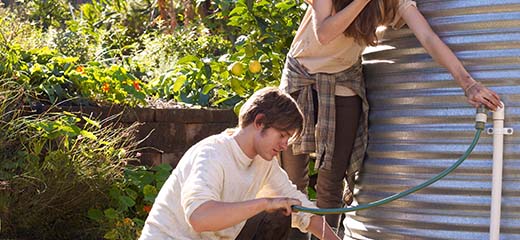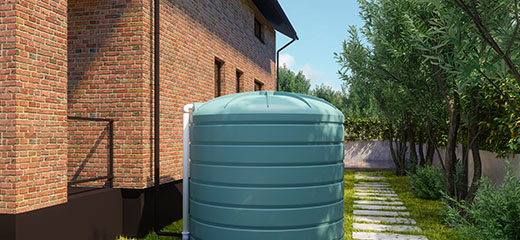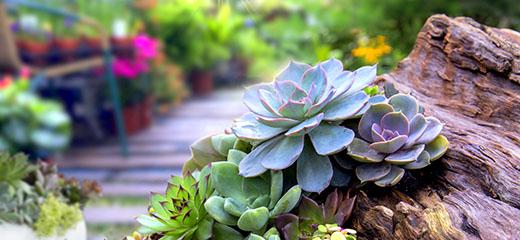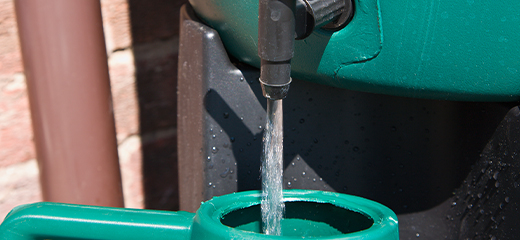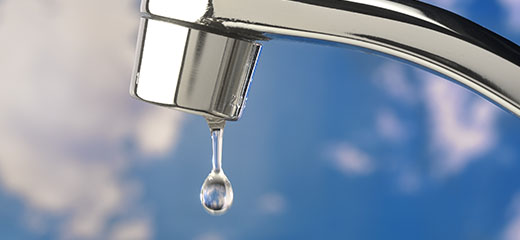
Is grey water harvesting right for you?
No one likes to waste money and yet every day we watch water go down the drain which we could use elsewhere in our homes. In light of increasing water prices and South Africa’s fragile water security, grey water harvesting is an option that all homeowners should be considering.
Grey water harvesting has gained a lot of international attention in recent years, and for good reason. With the world's water resources becoming increasingly scarce, finding ways to conserve and reuse water is more important than ever.
We are no strangers to water scarcity in South Africa and have had to deal with many water crises over the years that have led to varying degrees of restrictions. While sustainability is a concern for some, the priority for most is keeping monthly household costs down without sacrificing lifestyle.
Understanding grey water harvesting
To start, let's define what grey water is. Grey water is wastewater that comes from various sources in the home. The most common sources include basins, showers, baths and washing machines, which are often the largest source of relatively clean wastewater.
It’s important to note that not all sources of household wastewater can be used for grey water harvesting. For example, water from toilets, dishwashers, or kitchen sinks should not be reused because they can contain harmful bacteria, chemicals, or other contaminants.
The idea behind grey water harvesting is to collect and reuse grey water in a safe and effective way. The most common uses for grey water are garden irrigation, toilet flushing and for cleaning cars and floors.
In fact, avid gardeners find that grey water adds to plant health as they contain beneficial nutrients such as nitrogen and phosphorus. It’s also worth considering that gardens consume upwards of 30% of all domestic water usage, so using grey water to keep your outdoors beautiful and green could take a big chunk out of your monthly water bill.
That said, grey water should not be used for drinking, cooking, bathing or the irrigation of edible plants to avoid any contaminants.
Ways to harvest grey water
Depending on your needs and budget, there are a variety of ways to harvest and use grey water. Some common methods of grey water harvesting include:
- Direct reuse: In this method, grey water is simply collected and reused immediately without any treatment. This can be done by diverting grey water from a washing machine or shower to a nearby plant or garden.
- Bucketing: This is a low-tech method of grey water harvesting that involves manually collecting grey water in a bucket and carrying it to a garden or other outdoor area for reuse.
- Gravity-fed systems: These systems use gravity to move grey water from one location to another. For example, a simple system might use a hose to move grey water from a washing machine to a nearby garden.
- Pumped systems: These systems use a pump to move grey water from one location to another. While more complex, pumped systems ensure you have enough water pressure to get your water to where you want to use it.
- Treatment systems: Some homeowners choose to treat their grey water to remove harmful chemicals before reusing it. This can be done through a variety of methods, such as using a sand or gravel filter, a UV disinfection system, or a constructed wetland.
- Diluted reuse: If you’re worried about chemicals such as detergents and shampoo in your grey water, but don’t have the budget for a treatment system, another option is to dilute your grey water with clean water. While this will slightly affect your savings, you’ll still see the notable difference on your monthly bill.

